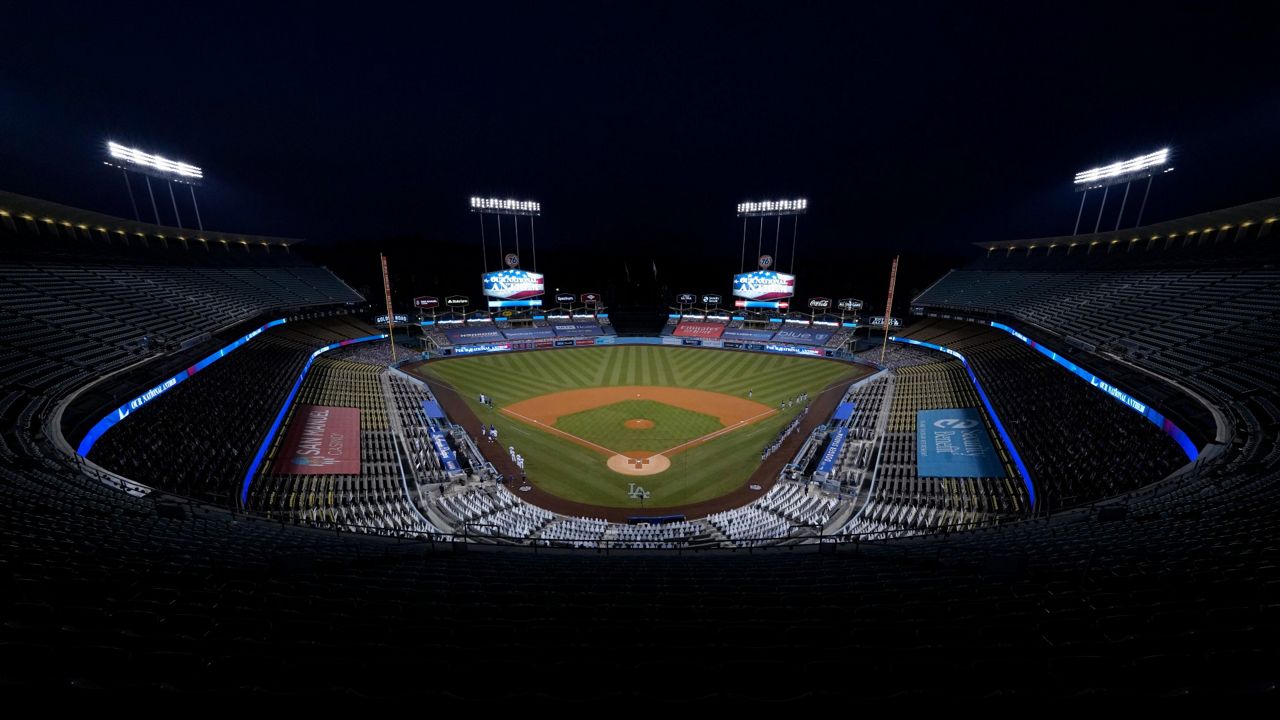During 2020, during the outset of the COVID-19 pandemic, when people were social distancing, sports stadiums did double duty as polling places.
Forty-eight professional sports venues, from baseball parks to soccer stadiums, served as novel ways for elections to be conducted. New research shows that this pattern should be encouraged for future elections to draw out more fans and American voters as it was such a popular option.
“Voting at sports stadiums in 2020 was an out-of-the-park home run,” said Bob Stein, professor of political science at Rice University in Houston. “Voters really like casting their ballots where they watch their home teams play ball. Election administrators who aren’t already opening polling places in stadiums need to seriously think about it for future elections.”
Election administrators in 20 states and in D.C. used sports stadiums as polling places during 2020 largely because of the amount of space available to maintain social distancing. The study, conducted at Rice by Stein and his fellow researchers, found that sports stadiums in Los Angeles, Chicago and Atlanta attracted more voters than any other polling places in their counties. Many of the stadiums were available during the last presidential election because most sporting events were canceled due to the pandemic.
“Virtually all interviewees, including election officials, conveyed overwhelming enthusiasm for the idea of stadium voting,” the researchers wrote. “They felt that the effort to convert these facilities into voting sites was overwhelmingly successful, not just in facilitating voter turnout but also in generating enthusiasm.”
The study also notes that the trend toward stadium voting happened the same year Black athletes sparked more interest in voting in response to the Black Lives Matter movement. There were no political parties that specifically benefited from stadium voting over the others, as research shows it was popular among both Democrats and Republicans.
Sports teams in some cities went the extra mile to make the voting process more entertaining as well. Voters at the Dodgers Stadium in Los Angeles were serenaded by mariachi bands, and those at the National Park in Washington could take selfies with the team’s 2019 World Series trophy.
In addition to the entertainment, research shows that voters were happy they didn’t have to wait in long lines compared to other polling places.
“One of the key benefits of stadium voting is teams know how to handle lines,” the study says. “It is what they do all year round. Keeping wait times short is central to their business model. A number of teams brought that expertise as well as actual staff to the task.”
The study also found that stadium polling may attract voters who may never have cast their ballot otherwise.
“We were struck by one administrator reporting that sports writers and sports radio were talking about it,” the researchers wrote. “This advertising could have helped reach people who might not otherwise think much about voting.
Overall, the study marks stadium voting as a positive innovation of the pandemic and that these sports venues make for excellent polling places.
“We discovered that even on short notice and in trying circumstances, sports facilities can be part of our core civic infrastructure and there are ways teams can play a legitimate role in the preservation of democracy that are not controversial,” the study concludes. “Although there is variation, we find that all stadiums were high-quality polling places. The attributes of stadium polling locations that made them safe locations for in-person voting in 2020 persist, even in the absence of a pandemic.”



